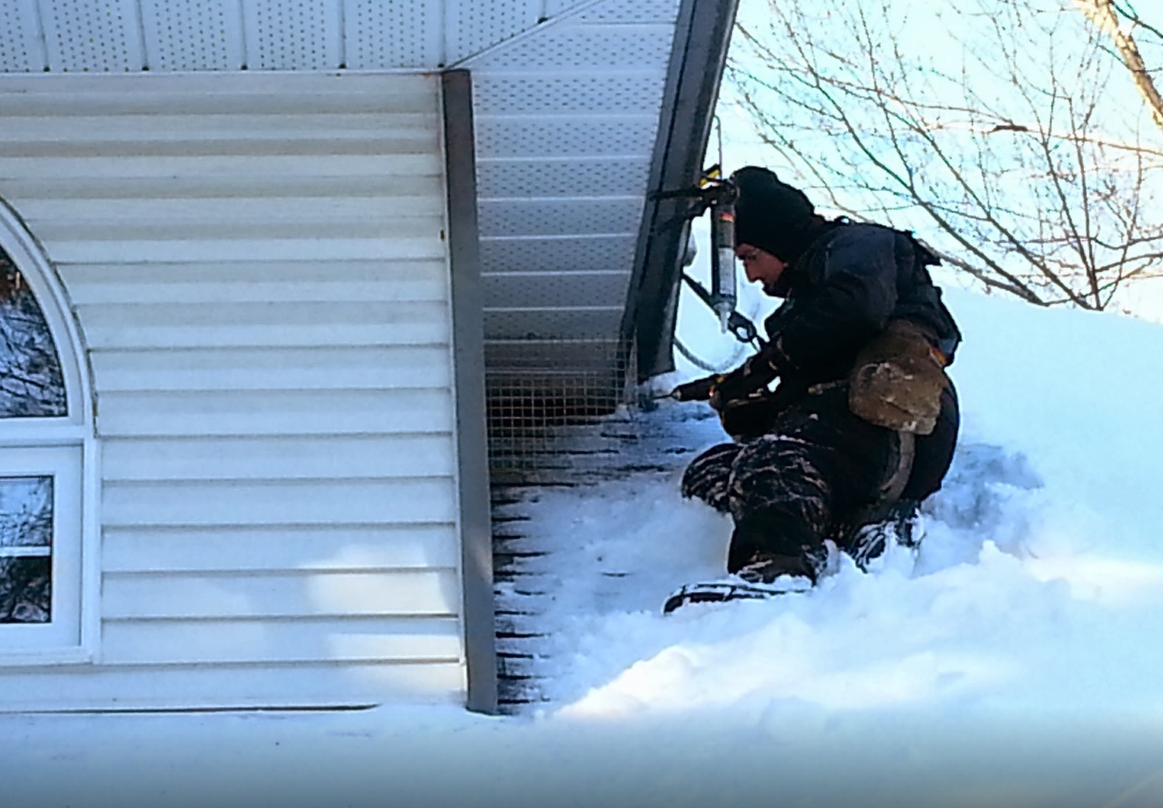This winter, many areas of North America have seen milder weather than usual, with little snow and warmer temperatures. While there are legitimate concerns about what this means for climate patterns overall, there is no reason not to enjoy the warmer weather and take advantage of it to the extent possible.
In the wild, the ability to adapt to an environment is necessary for survival. Therefore, many North American animals, particularly mammals and birds, also take advantage of the warmer weather. Many species breed in late winter so that the babies are typically born in the spring. The shift in seasons is the cue for many animals to start mating, so when the weather gets warm early, it puts these animals in the mood for love.
Sometimes early mating is to the animal’s benefit. Other times, it can cause problems. However, what this means for you, especially if you own a home, is that baby season may come sooner than expected for many animals following a mild winter, so you should be extra alert to signs of wildlife making a nest in or around your home. Here is an overview of the mating habits of animals that may make pests of themselves around your home and how a mild winter may affect them.
Raccoons
Raccoons are one of the great opportunist species of North America. They do not hibernate, but they also do not stay very active during the winter, preferring to hole up in warm dens when the weather is cold and take it easy. When conditions improve, however, they are quick to take advantage of the situation and head out of their dens in search of whatever they can find, not just food but mates as well.
While raccoon mating season usually occurs in late January and February, mild midwinter weather can prompt them to breed early. This means that the earliest raccoon kits may arrive in March, although raccoon baby season more commonly occurs in April and May.
Skunks
The most common skunk species in North America is the striped skunk and as such is the type most people are familiar with. However, there are actually four skunk species found on the continent, including the hog-nosed skunk, hooded skunk, and spotted skunk. All have distinctive black-and-white coloring but in different patterns.
Three out of the four species have mating periods in late winter and early spring. The exception is the spotted skunk, which usually mates in September and October. However, spotted skunk babies are usually born in the spring as well. This is not due to a longer gestation period. Rather, the fertilized egg arrests its development and stays in the uterus for several months before implanting. Once implantation takes place, development continues at the normal rate, with the offspring born following about two months’ gestation.
For the other species, February and March is the typical mating season. If the winter is particularly harsh, though, skunks may not start breeding until April. The opposite is also true; if the weather is more favorable, skunks may start breeding early, meaning that the earliest litters could arrive in early April or even March.
Squirrels
Squirrels’ mating habits are different than those of skunks and raccoons in two significant ways. First, while the other two species typically do not start mating until late winter, squirrels’ cold-weather mating season begins in December and lasts until February. Second, while the skunks and raccoons typically only breed once a year, squirrels mate in the summer as well as the winter.
Being a smaller creature, squirrels have a relatively brief gestation period of about a month and a half. Therefore, litters conceived early in the winter may be born by late January. Squirrel younglings are born hairless and helpless, so mothers seek out areas to nest that provide sufficient warmth and protection from predators. It is fairly common for them to settle on the attic of a human home as a nesting site.
Birds
Because birds do not give birth to live young, they rely on the weather to help them incubate their eggs. When the weather gets warmer, some bird species attempt mating and nesting, such as house sparrows, house finches, cardinals, and chickadees. If the winter weather is mild, this can occur as early as February.
If the weather then turns colder, though, it may not be possible to keep the eggs warm, so they may not hatch. In most cases the birds simply try again when the weather improves. Some of these species nest multiple times per year anyway. However, if the early nesting efforts are successful, it can have long-term consequences in the form of an overall increase in the bird population.
Animals are looking out for their own survival and that of their offspring. Sometimes the warmth and shelter provided by a human residence is a temptation they cannot pass up. It is important to keep an eye out for encroaching wildlife and remove it from your home due to the damage they can cause and the risk of disease. Removal services for several species are available from Skedaddle Humane Wildlife Control. Find out how they benefit both the animals and you.





